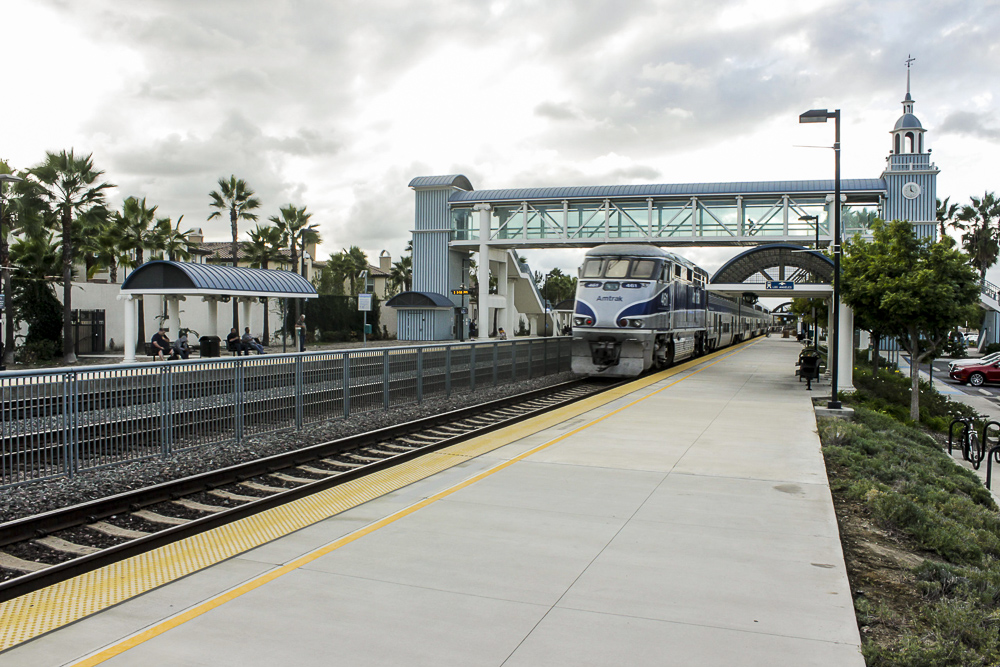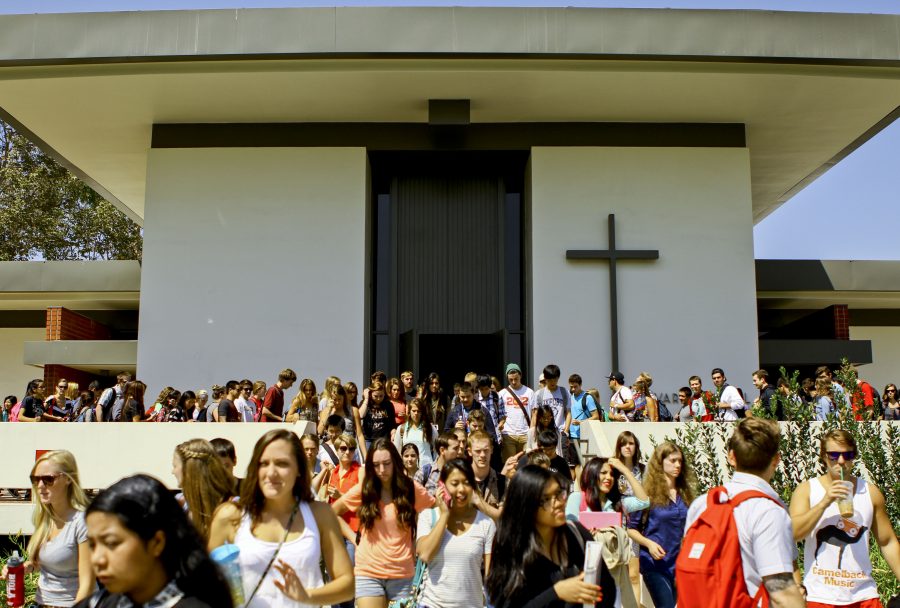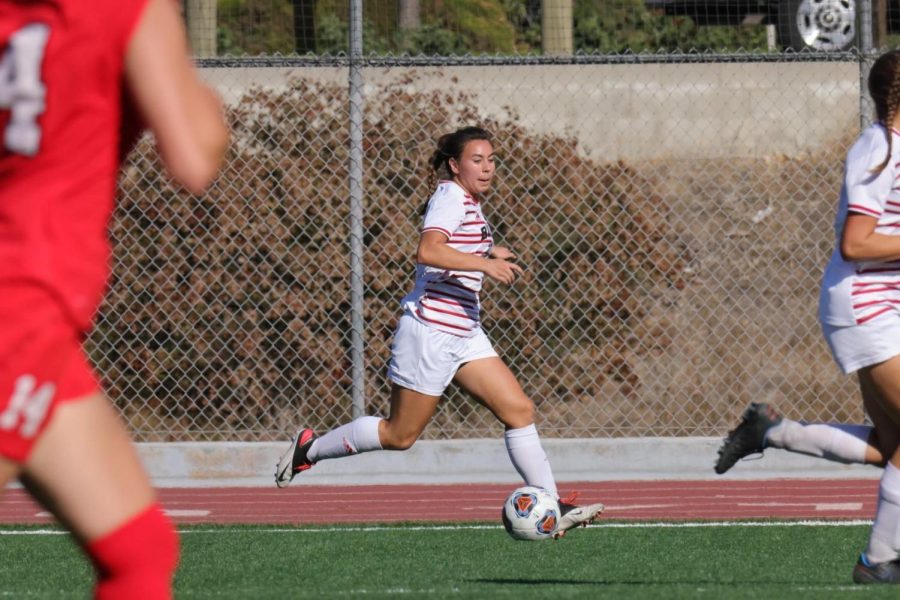Even though most California residents prefer to travel by car, various train routes extend in different directions to journey to new locations. The train is a great way to satisfy students’ desires for adventure if they do not have a car and allows them to travel around California to various destinations. The different train systems travel to a wide range of locations and provide connections that make it easy to travel from one line to the next in order to reach any arrival point.
North County Transit
The different train systems start in San Diego and run through Northern California. The North County Transit District offers the Coaster train, which travels up the coast of San Diego to Oceanside, or you can take the Sprinter to travel farther inland in San Diego to Escondido. The Coaster starts at Santa Fe Depot in San Diego and stops in Oceanside, connecting with the Metrolink. If riding the Coaster, take advantage of the beaches on the route at the Oceanside, Carlsbad, Encinitas and Solana Beach stops. You can also explore Carlsbad Village, visit the Midway or roam around Old Town.
Another train that runs from San Diego is the Amtrak. The Pacific Surfliner line starts in San Diego and travels through Los Angeles and up the Pacific Coast Highway, stopping in San Luis Obispo. If starting in San Diego, try one of the many different activities the county has to offer, such as visiting Sea World or trying one of many restaurants in Downtown San Diego. If you decide to travel up the coast, stop at Santa Barbara and hit the beach and explore one of the many beautiful gardens in this city. If you ride to the end of the route and stop in SLO, visit the legendary Bubblegum Alley.
Orange County Line
If you desire to venture to Los Angeles, board the Metrolink Orange County line in Oceanside.
Metrolink offers seven different train routes across Southern California — Antelope Valley, Inland Empire-Orange County, Orange County, Riverside, San Bernardino, Ventura and the 91. These routes intersect with each other at certain stations.
Students receive a 25 percent discount on their ticket price, which varies depending on travel length. In addition, Metrolink offers a Weekend Day Pass option, allowing travelers to venture anywhere on any line all day for $10. If you wish to take your bike along, the train also offers select cars that allow bicycles.
Inland Empire-Orange County
Metrolink’s Inland Empire-Orange county line travels through Corona and connects with the Orange County line in the city of Orange. The 91 line branches from this line and connects at the Fullerton Station. The San Bernardino line starts in San Bernardino and travels through Pomona and West Covina, connecting with the Orange County line in Orange.
The Riverside line heads east, starting from Downtown Riverside and connects with the Orange County and San Bernardino lines at the L.A. Union station. On this line, you can visit Downtown Riverside and learn about the city’s history, visit different types of art and photo galleries, walk through museums or try food at an ethnic restaurant.
The Orange County line can travels to various places in Los Angeles. Immerse yourself in a different culture and travel to Olvera Street to learn about Mexican-American culture. Other cultural options include Little Tokyo and Chinatown. If you enjoy historic places, head to Mission San Juan Capistrano or Old Pasadena. Art aficionados can stop at the Broad Museum or the Museum of Contemporary Art. In addition, sports fans can travel to Angel Stadium and watch a baseball game or the Honda Center to view an Anaheim Ducks hockey game.
Experience
Senior communications major Angie Winkler takes the Metrolink Orange County line from the Buena Park station when she goes home. She likes taking the train because it is cheaper than driving home and she can avoid traffic. She also likes seeing the coast as the train travels past San Clemente.
“It has a steady pace — it doesn’t change and a lot of times you don’t even know you are moving. It’s just relaxing,” Winkler said.
In addition, Winkler feels that the train has a relaxing atmosphere and is safer than traveling by car. However, she advises students to plan ahead when taking the train because it only stops for about 30 seconds at each station.
“You can feel free to listen to music, read or do homework do stuff on your phone or study for your midterms. It’s just kind of soothing and you feel like you’re in good hands,” Winkler said.
Ventura Line
The Ventura line runs from Union Station all the way to East Ventura. This line goes to Hollywood and other places like Griffith Observatory. The Antelope Valley line is the route that travels the farthest north, starting in Burbank and ending in Lancaster.
If you would like to travel farther north than Lancaster or Ventura, you can find a connecting station and ride the Amtrak’s Capitol Corridor, California Zephyr or San Joaquin lines.
San Joaquin, Capitol Corridor, and California Zephyr Line
The San Joaquin line goes through the central valley, starting in Bakersfield and connecting in Sacramento. During this ride, people can stop at Yosemite National Park or Six Flags Discovery Kingdom.
The Capitol Corridor line starts in San Jose and goes through Truckee, Calif. before hitting Nev. Stop in California’s capital city, Sacramento, during your ride.
Travel even farther north in the California Zephyr line, which starts in San Francisco and continues through Floriston, Calif. Visit San Francisco and gaze at the Golden Gate Bridge when it is lit up at night.







